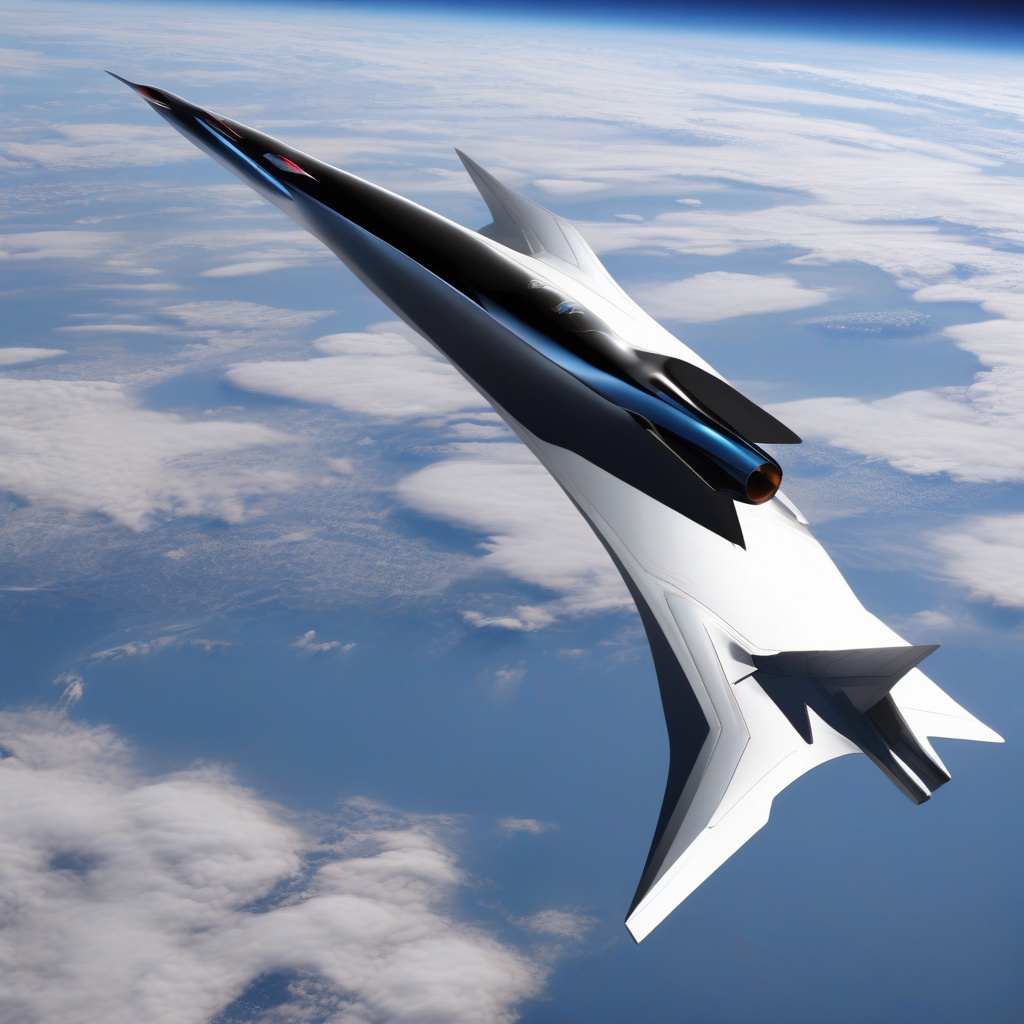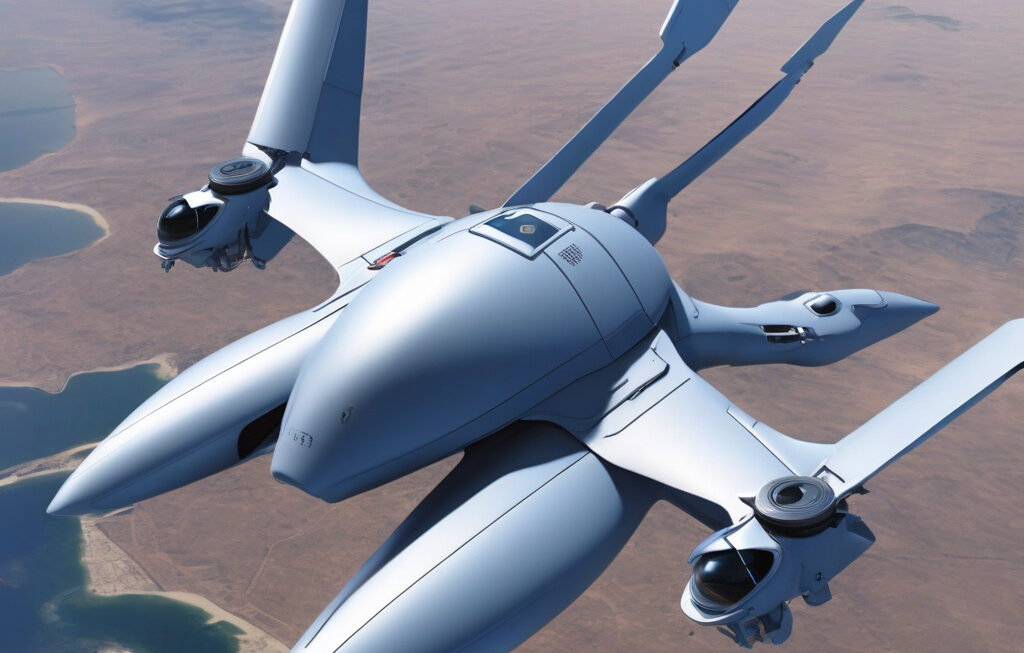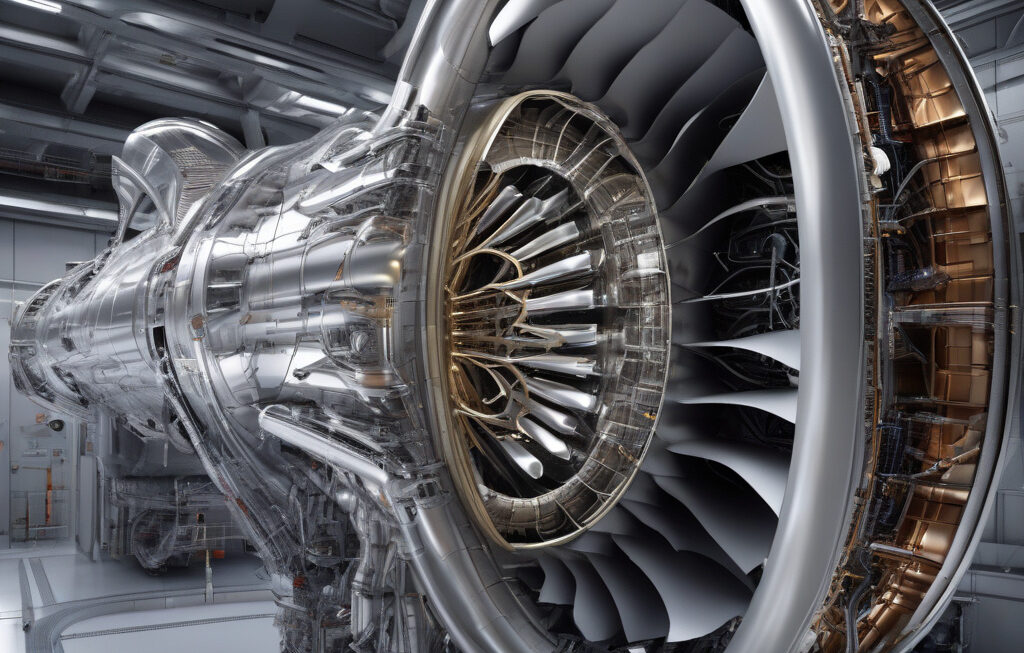China Tests Hypersonic Capabilities with Autonomous Flight, Variable Angle of Attack
A university in China has successfully flown its Feitian 2 hypersonic vehicle and collected valuable data on its autonomous flight and variable angle of attack. This achievement marks a significant milestone in China’s pursuit of advanced hypersonic technology and underscores the country’s commitment to remaining at the forefront of aerospace innovation.
The Feitian 2 hypersonic vehicle, developed by researchers at a leading Chinese university, represents the cutting edge of hypersonic technology. Hypersonic vehicles are capable of traveling at speeds exceeding Mach 5, or five times the speed of sound, presenting unique challenges and opportunities for aerospace engineers. By conducting successful test flights of the Feitian 2, China has demonstrated its ability to overcome these challenges and harness the full potential of hypersonic flight.
One of the key features of the Feitian 2 vehicle is its autonomous flight capability. Autonomous systems play a crucial role in enabling hypersonic vehicles to make real-time adjustments and corrections during flight, ensuring stability and performance at high speeds. By demonstrating the effectiveness of its autonomous flight technology, China has shown that it is well-equipped to handle the complexities of hypersonic flight.
In addition to autonomous flight, the Feitian 2 vehicle also boasts a variable angle of attack, allowing it to adjust its orientation relative to the oncoming airflow. This capability is essential for maneuvering at hypersonic speeds, enabling the vehicle to change direction and altitude rapidly and efficiently. The successful testing of the variable angle of attack feature further highlights China’s expertise in developing advanced hypersonic systems.
The data collected from the test flights of the Feitian 2 hypersonic vehicle will be instrumental in refining and optimizing China’s hypersonic capabilities. By analyzing the performance of the vehicle in flight, researchers can identify areas for improvement and innovation, ensuring that future iterations of the technology are even more advanced and reliable.
China’s progress in hypersonic technology is part of a larger trend towards the development of next-generation aerospace systems. Hypersonic vehicles offer unprecedented speed and agility, opening up new possibilities for military, commercial, and scientific applications. As countries around the world invest in hypersonic research and development, China’s successful test flights demonstrate its commitment to staying ahead in this competitive field.
In conclusion, China’s recent tests of the Feitian 2 hypersonic vehicle represent a significant step forward in the country’s hypersonic capabilities. By achieving autonomous flight and testing variable angle of attack, China has showcased its expertise in developing advanced aerospace technologies. As the global aerospace industry continues to evolve, China’s achievements in hypersonic flight position it as a key player in shaping the future of high-speed air travel and defense systems.
China, Hypersonic Technology, Aerospace Innovation, Autonomous Flight, Variable Angle of Attack












